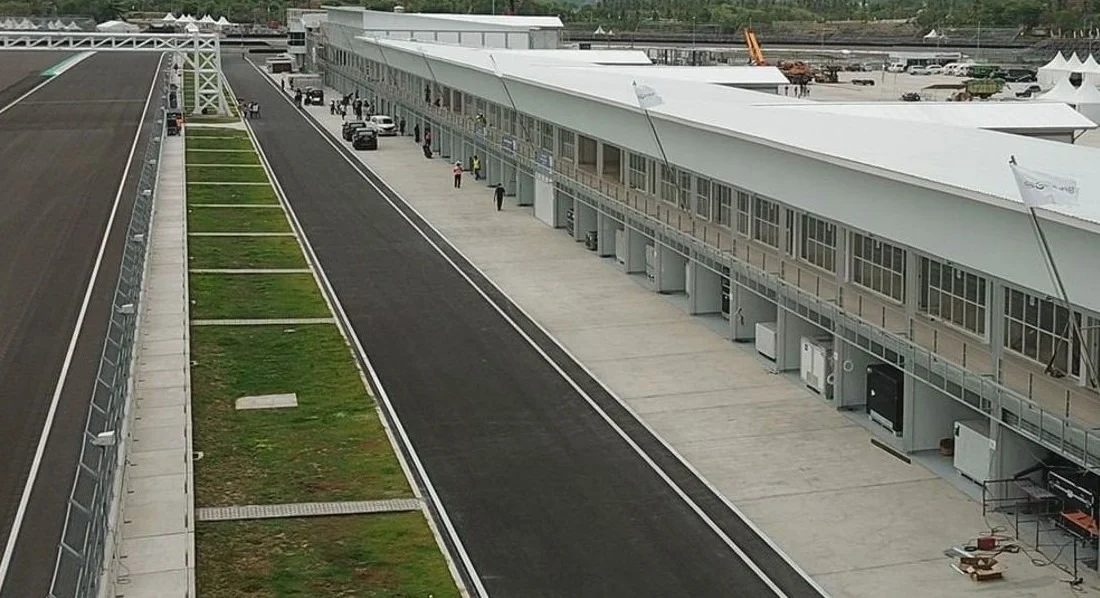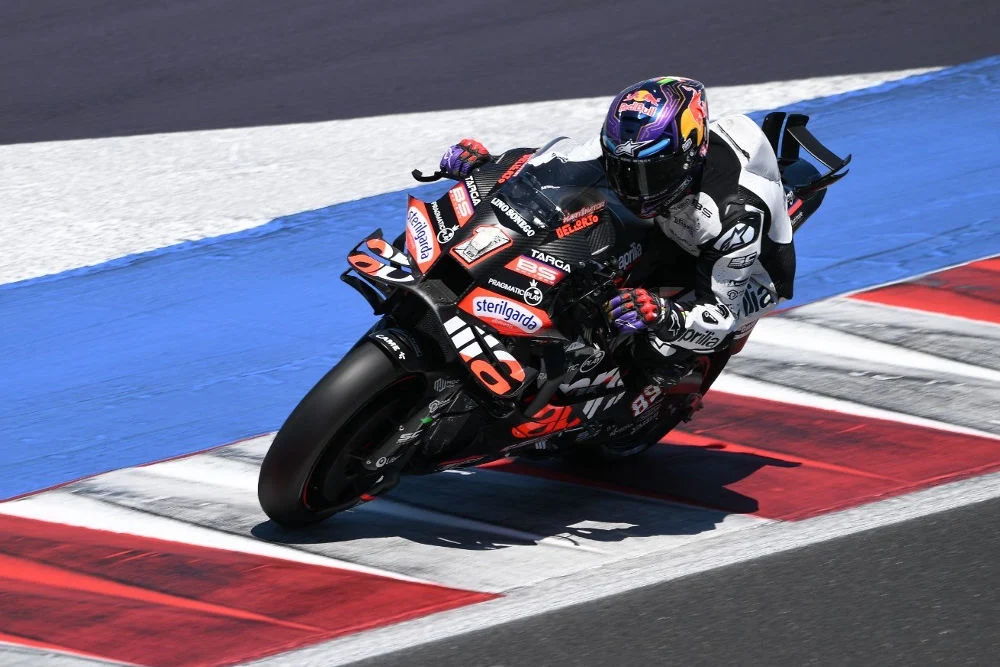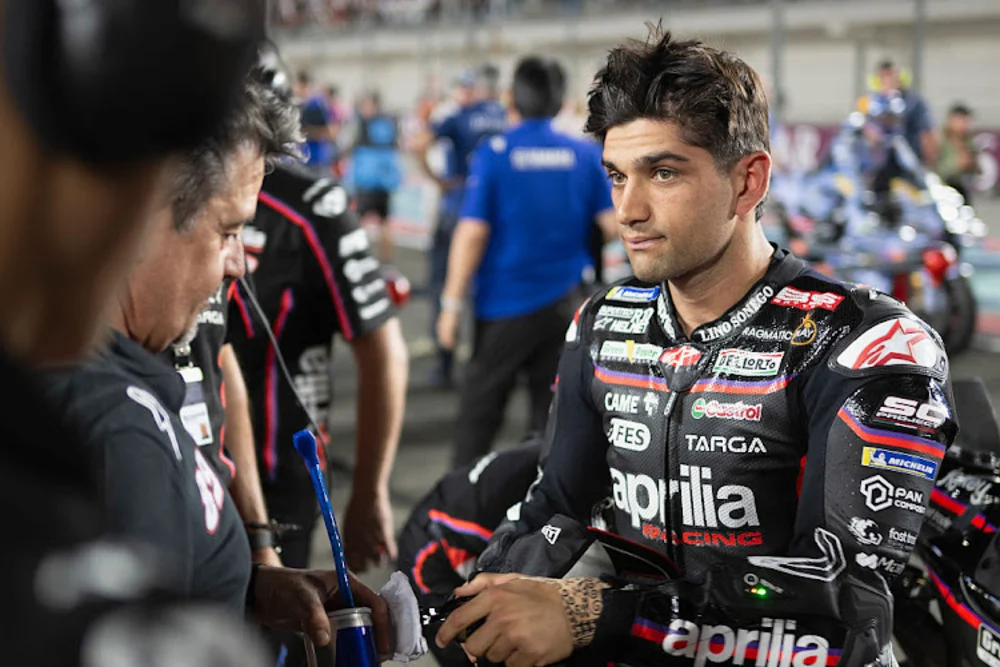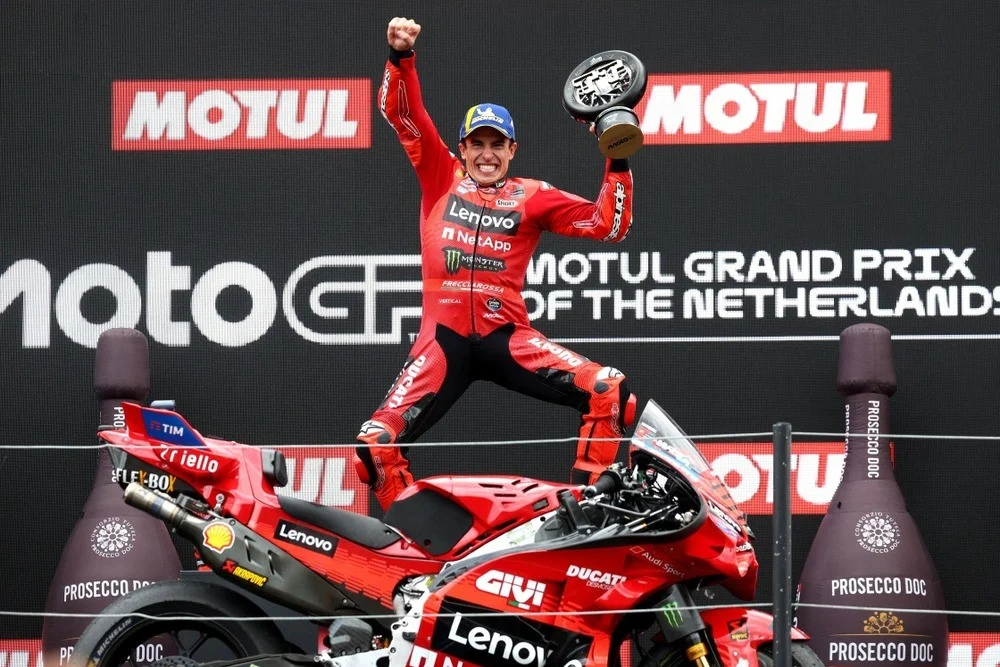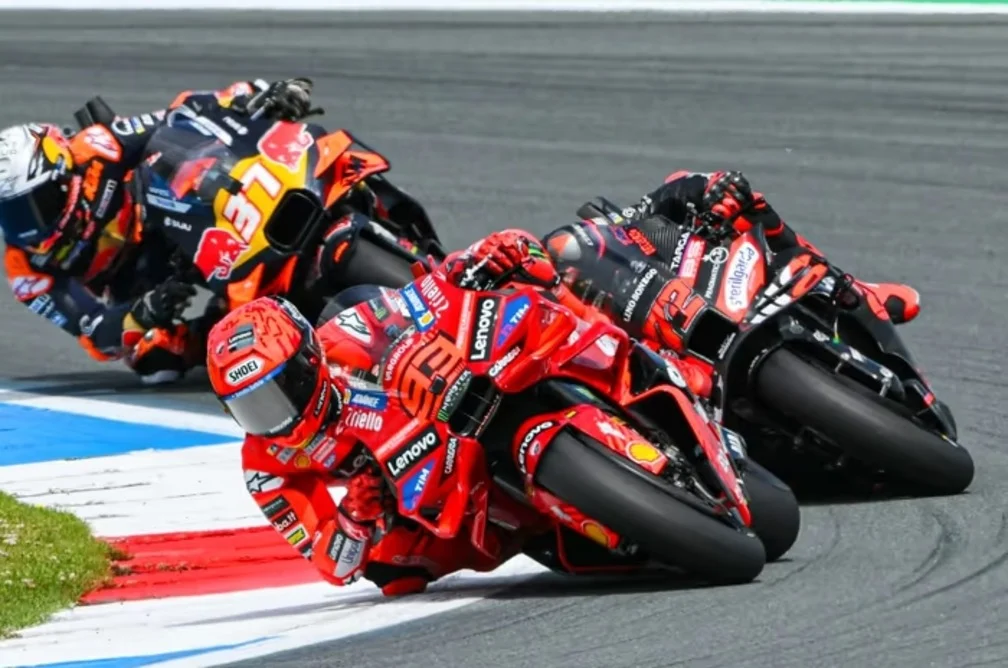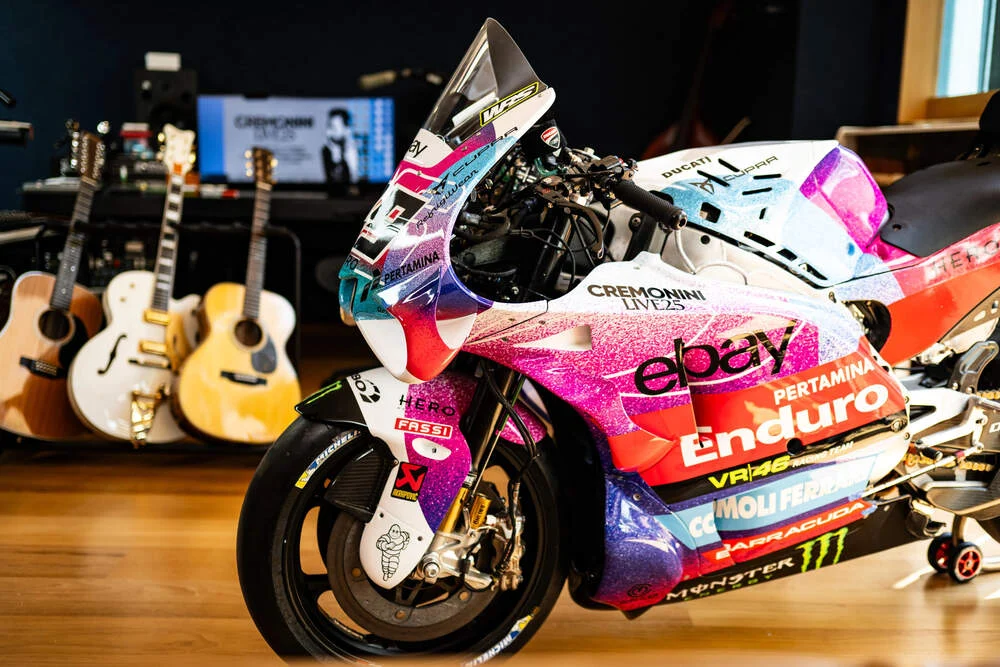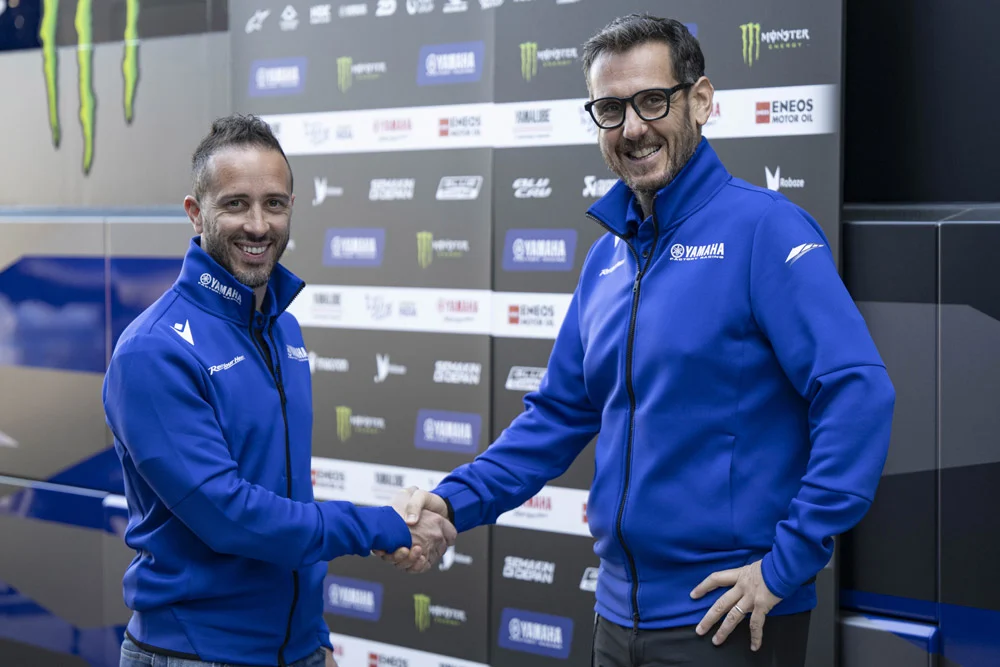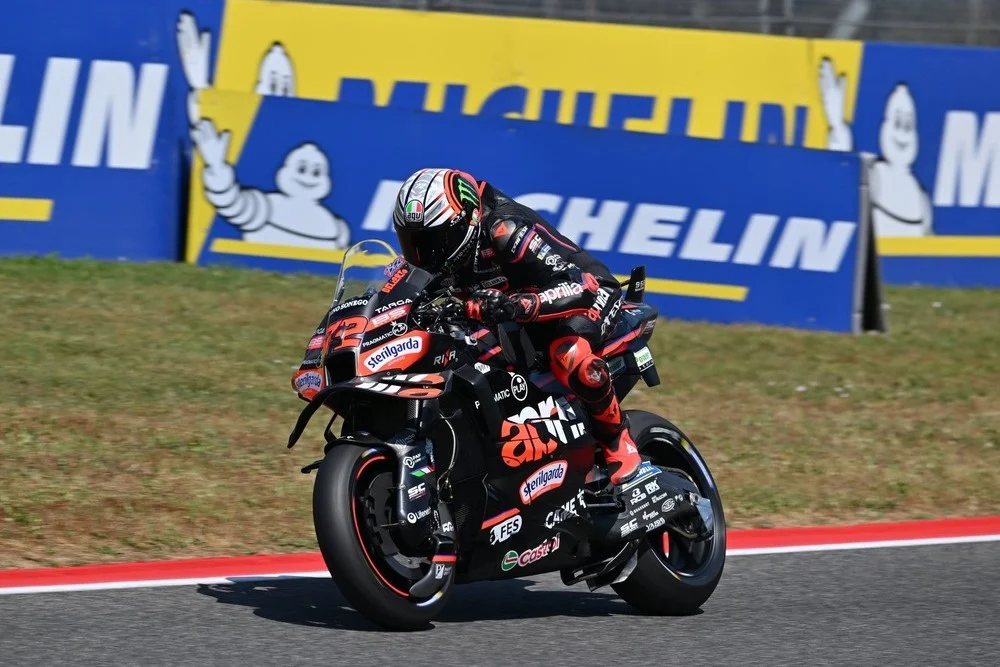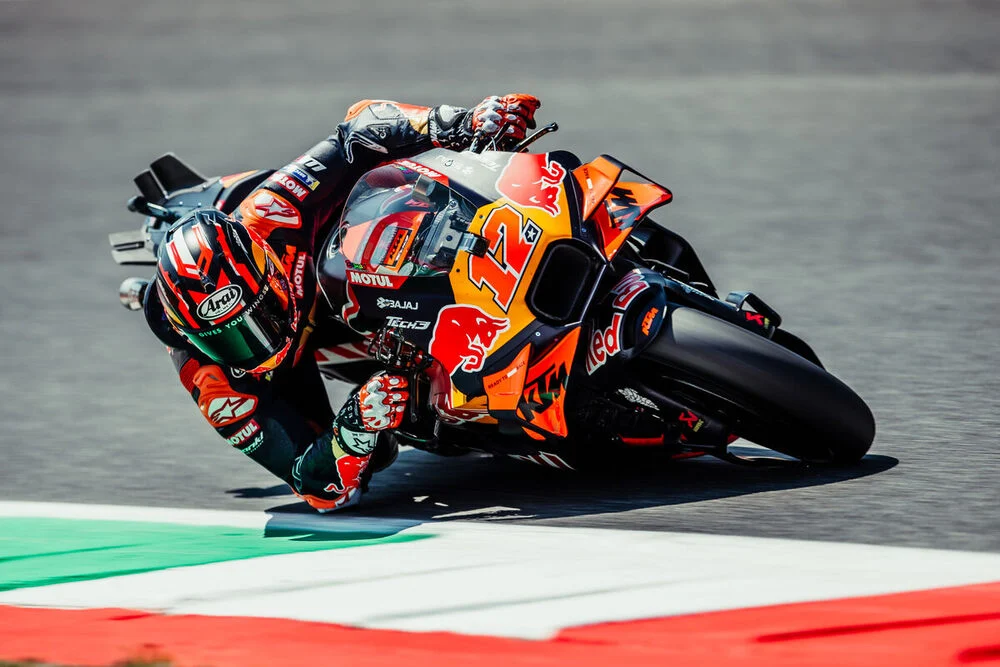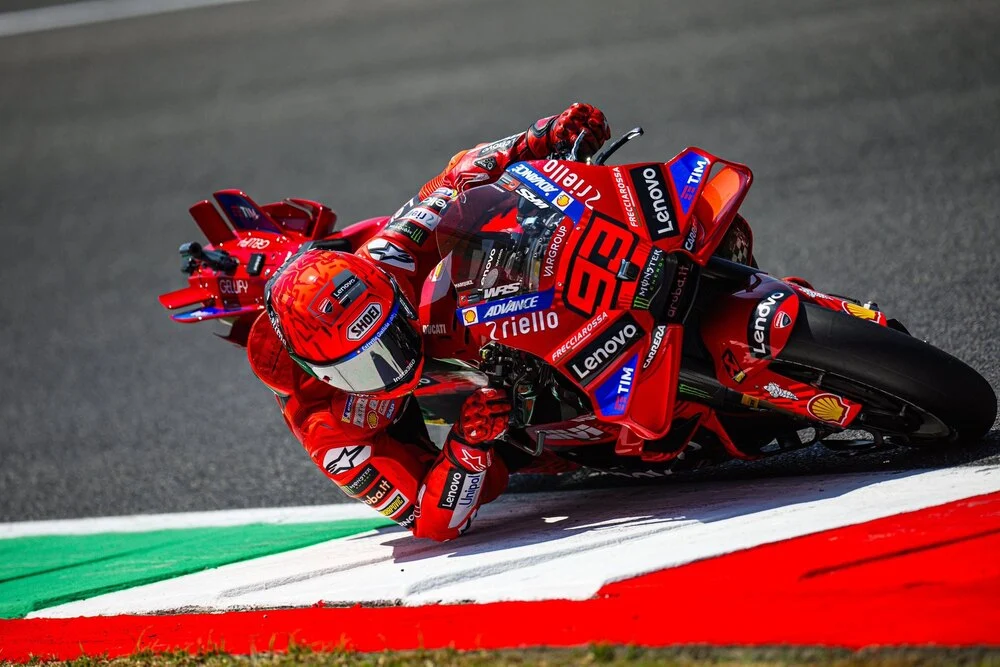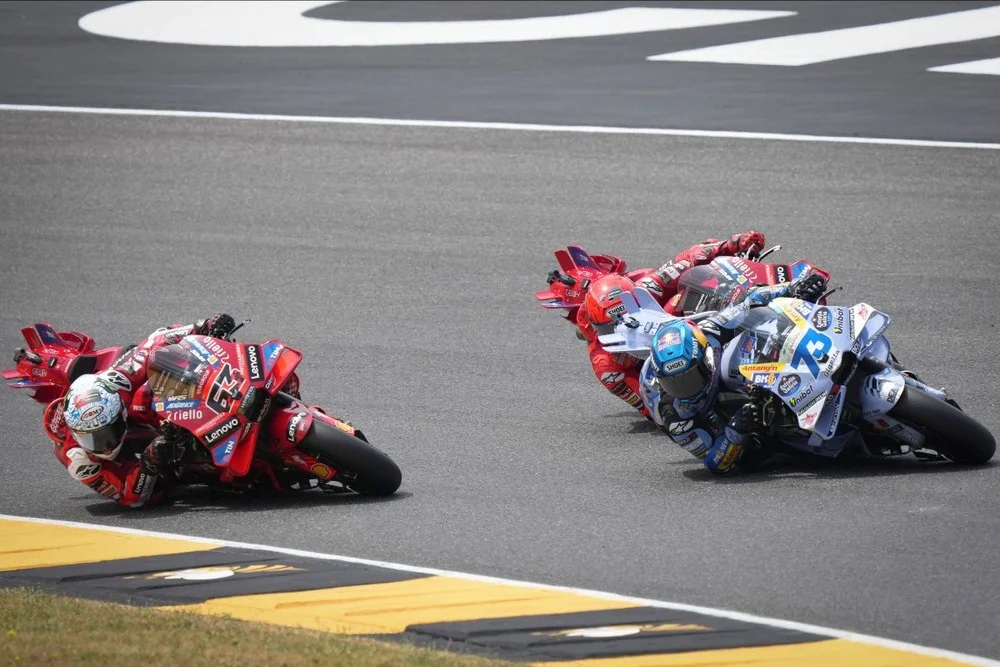The changes made to the Mandalika track in preparation for this weekend’s Indonesian Grand Prix are only a precautionary measure meant to avoid the worst of the problems that beset last month’s MotoGP test and ensure the race can go on.
Even when the race weekend is through, the new site will require a thorough resurfacing to bring it up to the promised MotoGP standard.
Doctor Campbell Waddell, the engineer hired at the last minute to try to fix problems that he claims jeopardized the inaugural race’s sustainability after MotoGP’s first – and so far only – chance to ride at the new track on the island of Lombok in February, believes so.
The biggest issue at the time was loose stones from the surface, after an improper stone specification had been put to the asphalt used in the track’s original construction.
The aggregate stones that made up one component of the surface didn’t bind to the bitumen, which functions as a glue, because it was softer than specified. The MotoGP bikes were able to rip the track apart and blast stones at riders behind them, leaving many with damaged screens and visors as well as significant bruises.
“There’s been a collective effort to do the best job we can in the time we had,” track consultant Mark Hughes explained.
“Between the test and now, it’s been four weeks, and the challenges we’ve had are big. We’re on an island, with limited resources, so organising all the plant and equipment had to come from Jakarta.
“It had a police escort to the port, it came off the runway project at Jakarta’s second airport. One of the challenges was trying to get the right equipment here to build a race track, and they mobilised what they could.
“Collectively, we’ve created the best surface we can to get us through this weekend, with the anticipation that we’ll resurface the entire track after the race anyway, because a big chunk of it is still the original asphalt.
“We had the time and resources to resurface 1.6 kilometres [one mile], which was the worst 1.6km. Dorna asked us to focus on that area, we managed to achieve that, and we have the asphalt that we wanted, and the quality will get us through the weekend.”
Because the equipment was only one of the obstacles to overcome, it was not possible to restore the entire track in time for the race, as there were many more pressing concerns to handle, such as a lack of readily available raw materials and qualified machine operators.
“There were challenges at short notice in getting material and equipment onto an island in what is an aspiring nation,” added Waddell.
“The quality levels and the expectations are very different here to countries in Europe or America, which makes things even more challenging. What we did when we arrived was try and work with what we had. We used existing asphalt mixing plants, which were suboptimal for what we’re trying to do, and that means we had to make compromises.
“First of all, we had less than a week to try and put in place a simple quality system at the mixing plants owned by [state-owned construction company] PP and with the paving crews. We had to try and change a culture in a very short period of time.
“We had issues getting appropriate materials too. The aggregate which was used initially was from another island, and is Indonesia’s best source. It’s 800km away and took five days to arrive in a barge, but unfortunately the quality of that was not what it should have been and we had to look for another source at the last minute.
“We ended up using local aggregate from a quarry in East Lombok, and it’s not perfect but it’s good enough. It’s the best we could get to get us through. We had to do a lot of work with it to get into the best position possible.”
As a result, while the surface on which the race will be held this weekend is vastly improved over that of the previous race, it is still far from flawless. Riders are sure to express dissatisfaction with how the once smooth course has become noticeably bumpier since it was resurfaced.
However, with the promise of a full resurfacing after the race, the team is optimistic that it will be good enough to see out the rest of the weekend’s activity.
“We know it’s not perfect and there will be some smaller bumps and issues with it, but it’s the best possible job we could have done in the time we had,” Waddell added.
“The PP crew that we worked with, the guys on the ground, are really keen to listen and learn, but we didn’t have much time to work with them.”
“If we’d had a few more weeks then we could have really worked with them. They did their best, they really tried, but we’re working with sub-optimal paver machines as well. It’s not perfect, but it’s good enough to get us through the race and should hold up to MotoGP bikes.
“Two weeks ago, we essentially weren’t having a race – that’s how close it was. There have been a lot of long, hot days since then. We hit 44C one day with 180C asphalt coming out of the pavers!
“It’s about doing the best for the Indonesian people and giving them the race they deserve. What happened was unfortunate, but we were essentially hamstrung by COVID. It just made things worse, but everyone has pulled together and put a lot of work into making this happen.”

